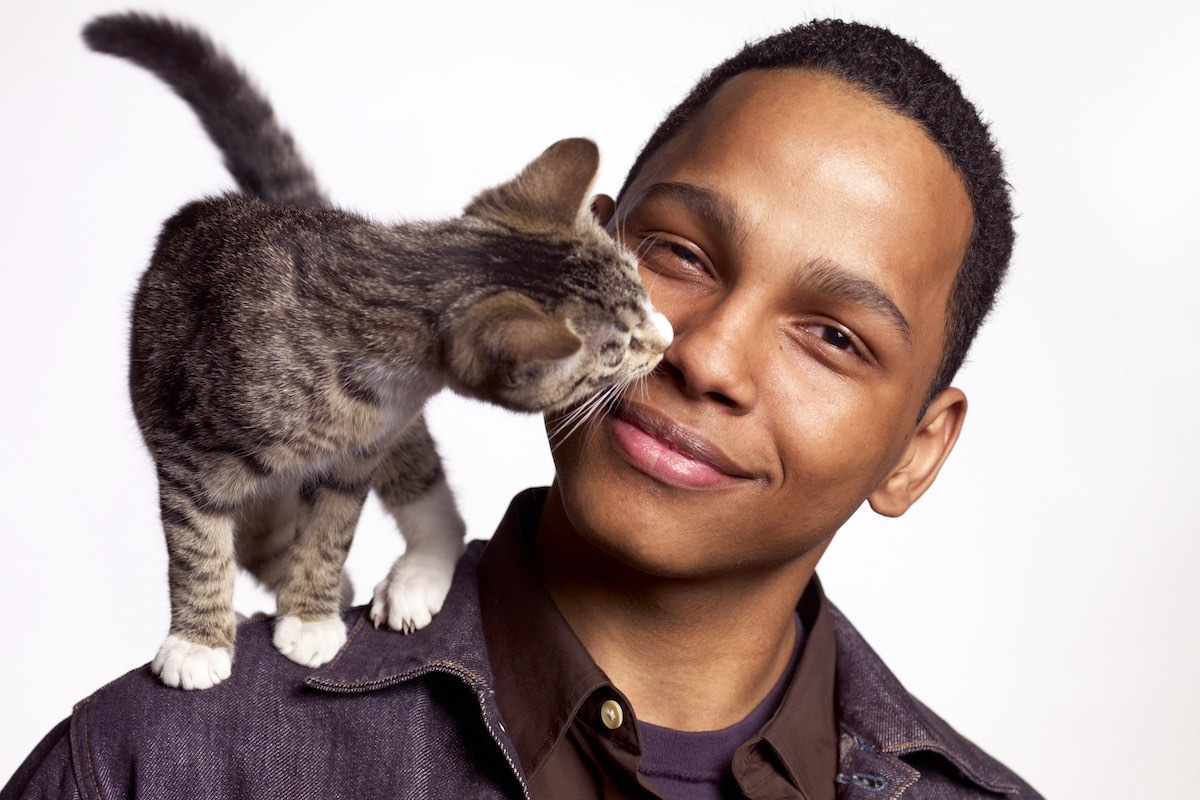
Cats have a reputation for being distant, yet even a cat that is often cold-hearted could sometimes swipe a human arm, leg, or face with its rough tongue. What makes a cat lick you, then? Does it want a taste or is it just showing off its affection?
The fact that cats constantly lick themselves is undoubtedly known to everyone who has ever watched a cat go about its everyday business. According to a 2018 study published in the journal Proceedings of the National Academy of Sciences, domestic cats (Felis catus), which sleep an average of 14 hours each day, spend up to a quarter of their awake hours brushing their fur (opens in new tab).
According to Kristyn Vitale, an associate professor of animal health and behavior at Unity College in Maine, “cats lick themselves to help maintain their coats clean and healthy.” “Cats should groom themselves frequently to keep their hair healthy,” says the author.
Cats use the hundreds of hollow, backward-facing, sharp spines that cover their tongues to brush their fur. The 2018 study discovered that these spines, known as papillae, are formed of keratin, the same material that makes up hair and claws. The hook-like form of the spines causes them to function like Velcro: According to research presented at the 2016 annual conference of the American Physical Society’s Division of Fluid Dynamics in Portland, Oregon, as a cat’s tongue slides across fur, the keratin spines snag on tangles of hair.
Cats should regularly maintain their coats to remove any dirt or other materials that have been adhered to them and to help keep their hair from matting, or becoming twisted and knotted, according to Vitale. According to Wynantskill, New York’s 4 Paws Veterinary Care(opens in new tab), matted hair can make cats uncomfortable as well as irritate and inflame the skin below, increasing the risk of infection.
According to Vitale, cats may brush themselves as a way to relieve tension. “This can occasionally progress into over-grooming, in which the cat licks itself so much that some of its hair falls off. This might indicate a mental health or behavioral problem.”
Cats also frequently lick one another. Mother cats, for instance, frequently kiss their young.
According to Vitale, kitten survival depends on their ability to be licked. Very young kittens can’t urinate or feces on their own. In order to encourage her kittens to use the bathroom, the mother will lick their genitalia.
Additionally, according to Vitale, “the mother licks her kittens to comfort them and keep them clean.” Keeping a newborn kitten’s fur clean is a full-time task, as anybody who has reared orphaned kittens will attest.
Allogrooming is the term for the act of cats licking friends, according to Vitale.
According to Vitale, cats may groom one other as well as other social partners like dogs and people. Friendly actions, such as allogrooming, are believed to improve the relationships between the parties.
Cats may continue to lick each other in a pleasant manner “before or after a round of play,” Vitale continued. My cats frequently start off by grooming one another before gradually transitioning to play wrestling and chasing before the two calm down and go to sleep close to one another.
Allogrooming is not a method used by cats to mark the areas they regard as their property, unlike scent marking.
According to Vitale, territorial behaviors are those that encourage aggressive site protection. “Allogrooming is an affiliative activity, or a behavior that strengthens bonds. When a cat is at ease and with a selected social partner, allogrooming takes place. Because it wants the person’s attention, the cat may also lick to start a conversation.”